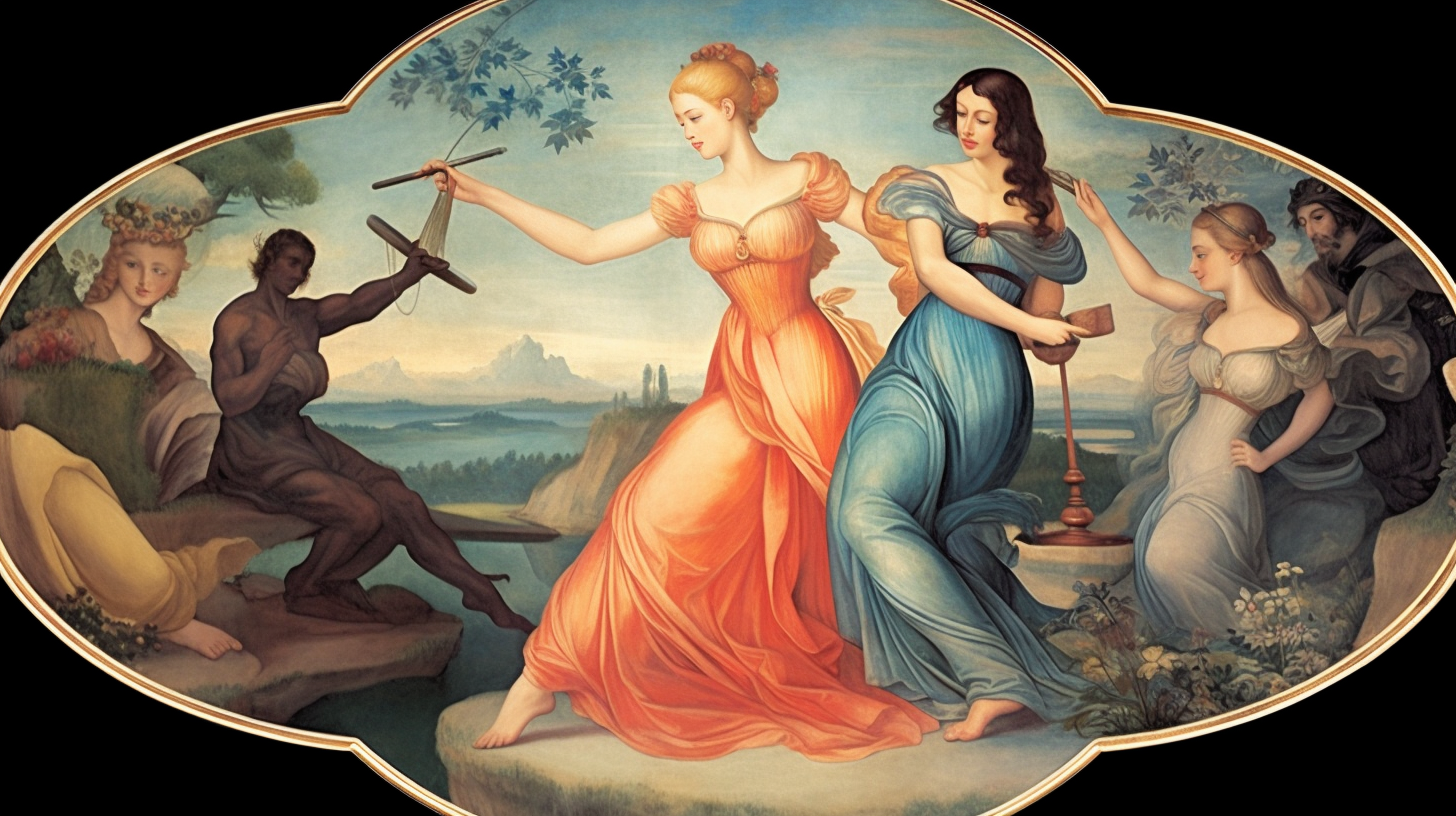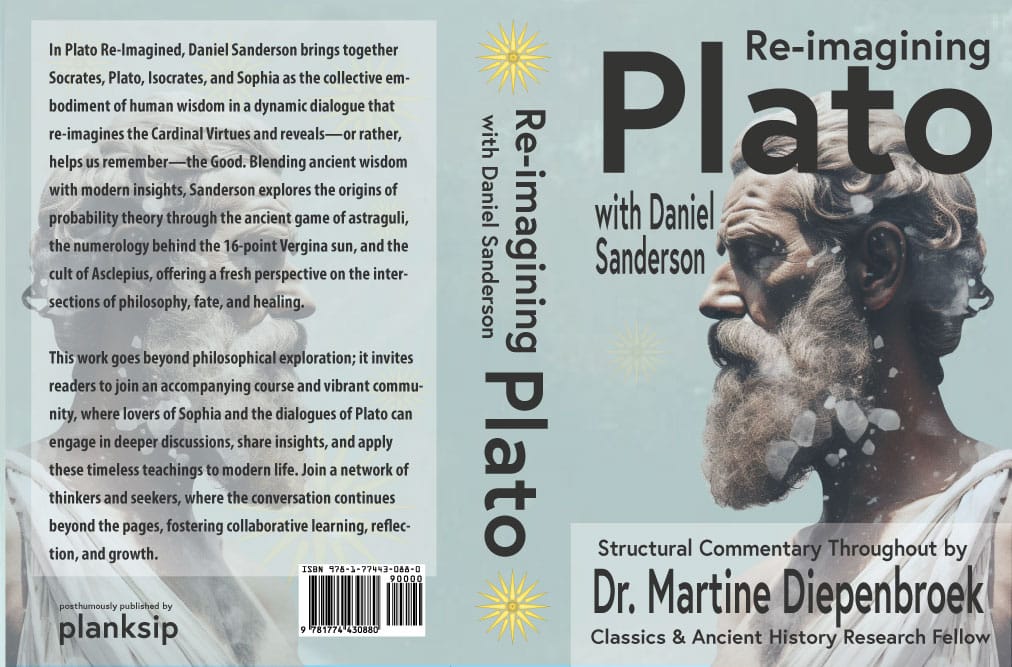The Philosophy of Beauty: From Plato's Ideal Forms to Aesthetics Today
Beauty has long been a subject of fascination and debate in aesthetics. From the ancient Greeks to modern-day scholars, philosophers have sought to unravel the enigma of beauty, often venturing into the realm of metaphysics and idealism. However, upon closer examination, it becomes evident that pursuing beauty through philosophical frameworks is fraught with fallacies and ultimately leads us down a labyrinth of subjective interpretations. In this article, we shall critically explore the philosophy of beauty, questioning conventional wisdom and exposing the inherent limitations in the quest for objective standards of aesthetic appreciation.

Plato's Ideal Forms: A Flawed Foundation:
The revered ancient philosopher Plato envisioned beauty as an immutable ideal form existing independently of the physical world. According to him, the beauty we encounter in our sensory experiences is merely a poor reflection of this perfect form. While Plato's concept may be intellectually alluring, it is fundamentally flawed. How can we reconcile the existence of an abstract, unchanging state of beauty with the ever-changing nature of human perception? Beauty is inherently subjective and deeply intertwined with personal experiences, cultural contexts, and societal norms. To reduce it to an abstract concept divorced from reality is to deny its very essence.
The Transient Nature of Aesthetic Values:
One of the enduring fallacies in aesthetics is the belief in objective, timeless beauty standards. Throughout history, what society deems beautiful has undergone significant shifts. For example, the Renaissance celebrated plumpness as a sign of wealth and prosperity, while today's beauty standards emphasize slender figures. The art world, too, has witnessed radical shifts in taste and appreciation. Once scorned by the established art community, the Impressionists are now celebrated as masters of their craft. This transience of aesthetic values calls into question the existence of any objective, universal standard of beauty.
Subjectivity and the Perils of Taste:
In his influential work "Critique of Judgment," Immanuel Kant attempted to bridge the gap between subjective beauty experiences and objective judgments. He proposed that true beauty should elicit a universal agreement grounded in the free play of imagination and understanding. However, Kant's argument is fraught with ambiguity. Who gets to define what constitutes a "free play" of faculties? Are our subjective preferences freed from cultural biases, personal inclinations, and social conditioning? Kant's theory of aesthetics fails to adequately address these concerns, leaving us with a subjective understanding of beauty inseparable from our perspectives.

Beauty as a Social Construct:
In analyzing the philosophy of beauty, it is essential to recognize its entanglement with social constructs and power dynamics. Throughout history, beauty has often been used as a tool for oppression and exclusion, reinforcing existing hierarchies and discriminating against marginalized groups. The narrow standards propagated by media and advertising have perpetuated harmful ideals that place unrealistic expectations on individuals, fueling insecurities and body dysmorphia. The fetishization of certain features or body types perpetuates a damaging cycle of exclusion, where only a select few can attain the coveted label of "beautiful." To ignore the social construction of beauty is to perpetuate these harmful dynamics.
The Multifaceted Nature of Aesthetics:
Beyond the confines of traditional aesthetic philosophy lies a vast array of aesthetic experiences that demand recognition. Beauty is not confined to art and nature alone but can be found in the mundane, the unconventional, and even the grotesque. The Surrealists challenged the conventional notions of beauty by embracing the bizarre and the uncanny, expanding our understanding of aesthetic experiences. The Japanese concept of wabi-sabi celebrates imperfection, impermanence, and rustic, revealing a different aspect of beauty. These alternative perspectives remind us of the limitations of traditional aesthetic frameworks and encourage us to embrace the diversity of aesthetic encounters.

Conclusion:
In our relentless pursuit of a universal understanding of beauty, we must confront the fallacies embedded within the philosophy of aesthetics. The notion of an immutable, abstract ideal form of beauty remains elusive and divorced from the reality of subjective experiences. Aesthetic values, inherently subjective and transient, defy the imposition of objective standards. Furthermore, beauty is deeply intertwined with social constructs, power dynamics, and personal biases, demanding a critical examination of our cultural ideals. By embracing the multifaceted nature of aesthetics, we can move beyond the constraints of conventional wisdom and appreciate beauty in its myriad forms. Let us relinquish the illusions of objectivity and embark on a more inclusive, nuanced exploration of aesthetic experiences that transcend traditional philosophical frameworks' limitations.

Plato Re-Imagined
This course offers 32 comprehensive lectures exploring most of Plato's dialogues. These lectures guide students toward a consilient understanding of the divine—a concept that harmonizes knowledge across disciplines and resonates with secular and religious leaders. As a bonus, Lecture #33 focuses on consilience, demonstrating how different fields of knowledge can converge to form a unified understanding.






